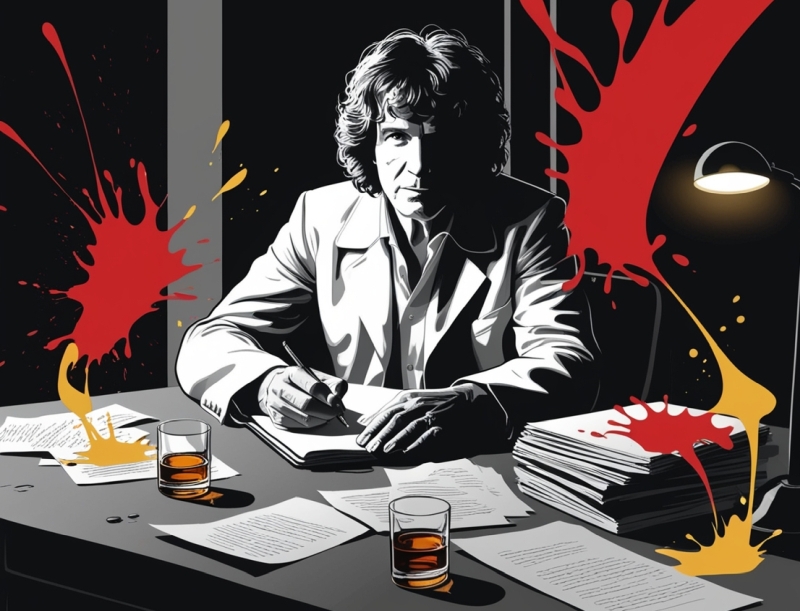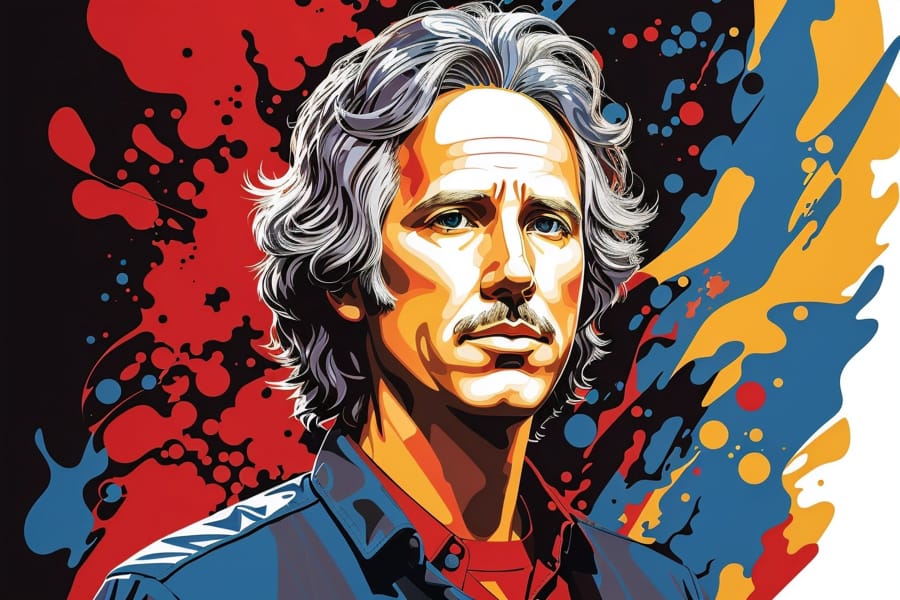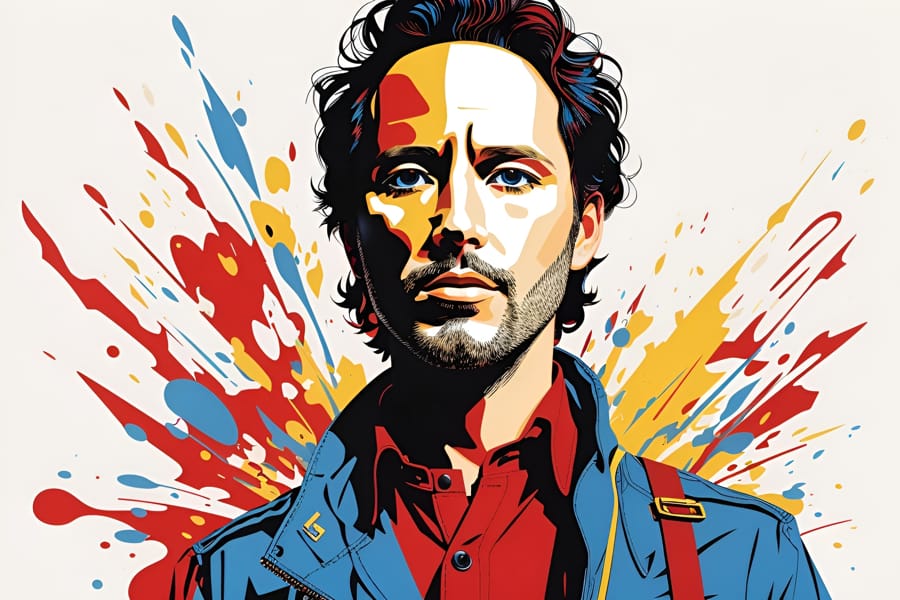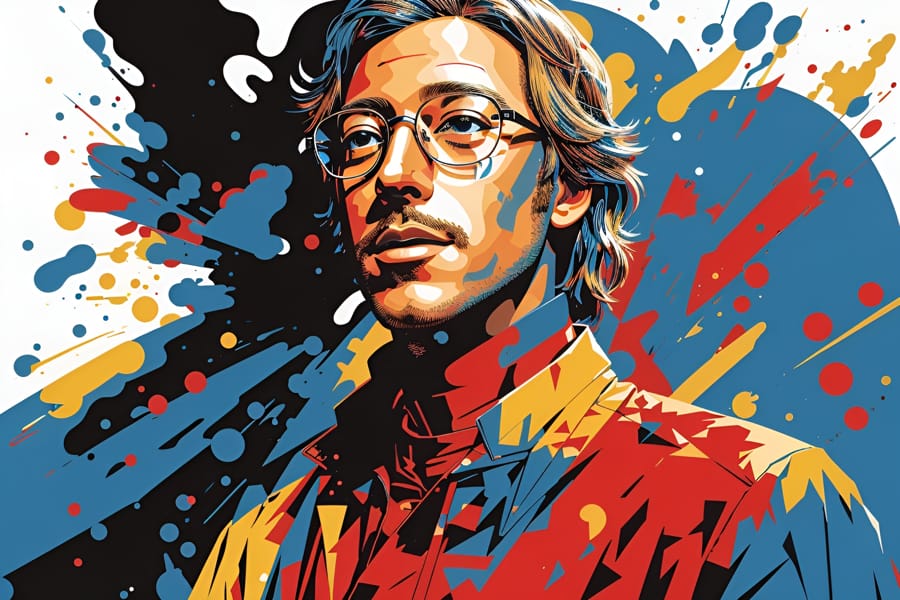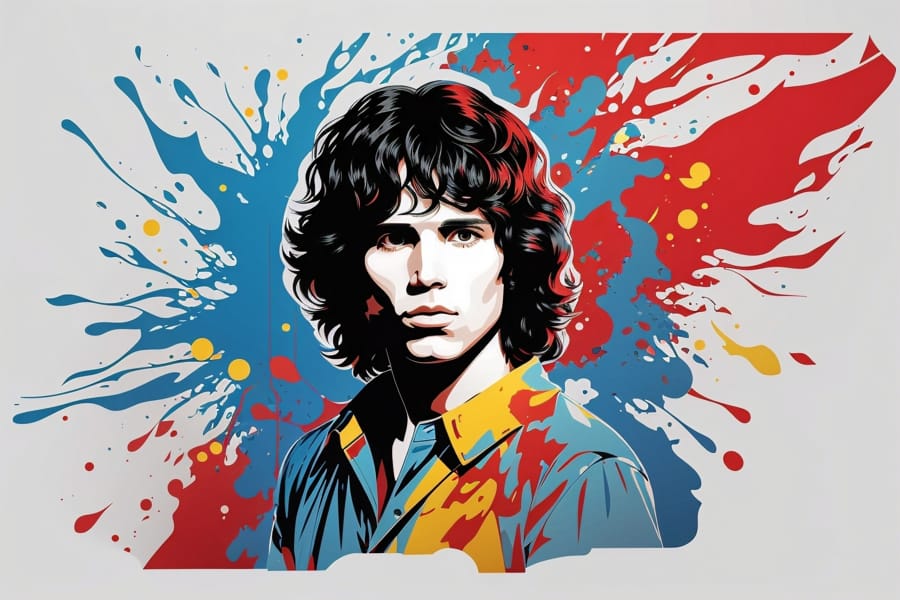The Soft Parade was released in 1969, and is The Doors’ fourth studio album. It is widely considered to be fairly uneven and less unified than their previous albums, and was certainly the least successful in terms of retaining their UK and European audience.
Genre
The Doors’ producer, Paul Rothchild, reccommended a total departure from the genres of the first three albums, and this was certainly what happened, although not for all of the best reasons. The band had very little time to actually record the album, and Jim Morrison was battling personal issues and wished to focus more on his poetry at the time. As a result, Robby Krieger ended up writing most of the songs in the album, and the overall effect was one of unevenness. The band was assaulted with criticisms from their fan base, and denounced outright by critics. They were accused of transforming the style into ‘popular music’.
Lyrical inspiration in The Soft Parade
This is the first album where the writers are listed separately; before ‘The Soft Parade’ each song had been credited to ‘Songs by The Doors’, but now individual names were written down. Robby Krieger effectively wrote half of the album, and Jim Morrison the other half, allowing Krieger the opportunity to hone his skills in composition. However, a negative result of this is that the album lack the unified styles that their other albums brought.
On the one side, Krieger was heavily influenced by jazz music, and incorporated this into his songs
On the other side, there was Jim Morrison, who of course used his own poetry and life experiences as inspiration for his songs. The title track for the album portrays Morrison as a preacher, emphasising his roots in the South. It displays acid rock in conjunction with sunshine pop, and has been said to be Morrison’s most diverse composition. The atmosphere and tension in the song is heightened by the vivid and bizarre imagery, which is so rich in allegorical detail that it is hard to unpick it all in detail.
“All our lives we sweat and save
Building for a shallow grave
Must be something else we say
Somehow to defend this place
Everything must be this way
Everything must be this way, yeah”
In this line, Jim mocks the way that people strive for the American Dream, for meaningless goals, before finding, as they die, that they have not contributed anything to the world, and lived a pointless existence. This is the general tone of the whole song, as it criticises the epitome of consumerist culture that is capitalist America. As we die, we frantically grasp for something, anything, that had worth in our lives, but come up empty-handed; there is nothing to defend this way of life, and yet everything must stay the same.
“The Soft Parade has now begun
Listen to the engines hum”
In the next verse, life is referred to as a soft parade, which almost seems a nostalgic term, at odds with the overall tone of the poem. “Soft” connotes gentility and warmth, whereas “parade” would represent the superficiality of life, as a parade by which one’s best self is glossed over, and made perfect, before being presented to the world, and paraded around in a parody of reality. Many writers and poets have used a machine as a metaphor for life, showing the input-output style, the monotony of it all. It is repetitive, and the process never changes, as we live the same manufactured and identical lives as those who came before us, and those that will come after.
Reactions to The Soft Parade
The Soft Parade failed to chart in the UK, but it did peak at number six on the Billboard, showing a steady fan base in the US. However, the reviews were overall quite negative, although the album is said to be the band’s favourite, as they were able to experiment with whatever they wanted. It was successful in terms of allowing the group to break into the popular market, but this entailed a loss of support from the original, underground fanbase, as they disliked the direction of mainstream culture that the band seemed to be following. ‘Touch me’, a single released before the album, reached number one in America, although other singles released for the album failed to do so well.
The release of the album was marked by scathing reviews from critics, who mostly argued that Paul Rothchild, the producer, had ‘botched’ the arrangements for The Doors, and by introducing so many different styles into the mix, had cluttered the sound. Miller Francis Jr. of ‘The Great Speckled Bird’ remarked disdainfully that ‘The Soft Parade’
“comes on so pretentious…”
Whilst Richie Unterberger was slightly more positive in his review of the album, saying that
“about half the record is quite good, especially the huge hit ‘Touch Me,'”
he also vociferated that this album was the weakest studio album recorded with Jim Morrison. His contributions to this album were lacking in comparison to other albums, both before and after, but the actual sounds lacked the clarification and lucidity of the other albums also.
As a result, although in later reviews ‘The Soft Parade’ has fared better unter critics’ scrutiny, overall, it was not well received in 1969.
Track listing
| A Side | |||
|---|---|---|---|
| No. | Title | Writer(s) | Length |
| 1. | Tell All the People | Krieger | 3:21 |
| 2. | Touch Me | Krieger | 3:12 |
| 3. | Shaman’s Blues | Morrison | 4:49 |
| 4. | Do It | Morrison, Krieger | 3:08 |
| 5. | Easy Ride | Morrison | 2:43 |
| B Side | |||
|---|---|---|---|
| No. | Title | Writer(s) | Length |
| 6. | Wild Child | Morrison | 2:36 |
| 7. | Runnin’ Blue | Krieger | 2:27 |
| 8. | Wishful Sinful | Krieger | 2:58 |
| 9. | The Soft Parade | Morrison | 8:36 |
